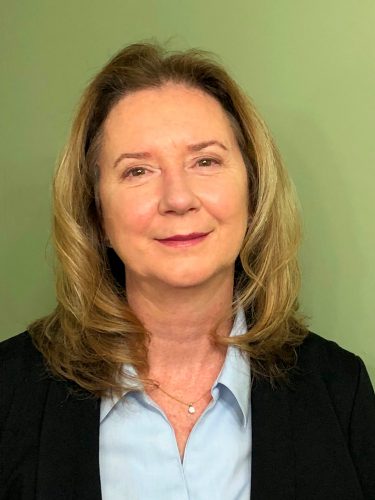 WEX’ Carolyn Fitzpatrick encourages professionals to accept offers of assistance with networking or career guidance because it’s offered as a gift….both to the giver and recipient.
WEX’ Carolyn Fitzpatrick encourages professionals to accept offers of assistance with networking or career guidance because it’s offered as a gift….both to the giver and recipient.
“People grow and learn when receiving guidance and when mentoring and supporting others.”
Once you’ve built relationships with coworkers, it’s important to maintain them—even if it’s just a quick touch base or unexpected lunch. “You can continue to learn from the people you’ve worked with in the past as you already have a basis of trust. They’re likely experiencing some of the same challenges and having different experiences that you can all share.”
Finding Satisfaction in Program and Team Management
For Fitzpatrick, all those disparate career moments and teams have added up to a fulfilling path. She began her career at LL Bean in IT as a developer—not because that’s what she was interested in, but because that’s where the money was. Her position evolved into different roles ending as a Manager of IT Application Development, which provided the challenge she was looking for.
“It gave me the opportunity to work with different areas of the business and people at all levels of the organization and make a material contribution. That was exciting and fun and didn’t feel like work at all,” she says. “I love the excitement of pulling a team together and accomplishing things that most think are not achievable, and then looking in the rear view mirror and seeing a successful milestone along the journey.”
A stint at IDEXX Laboratories followed, and then she transitioned to WEX about eight years ago, starting out in the North America Fleet division and advancing to the Emerging Technologies business where she started working more globally. She found it fascinating to partner with executives from around the globe and oversee programs of work that had significant impact to the bottom line. While the days grew long partnering across regions, the challenges are exciting and provide a sense of accomplishment.
In October 2014, she was asked to help with a strategic project; with the technology being delivered in New Zealand, the project needed recovery to hit a critical December delivery. Fitzpatrick was sent to ensure the milestone was met successfully, and she’s been leading aspects of this portfolio ever since. She is proud of what her and her team have accomplished; over the past three years her division has delivered multiple programs in APAC and Europe, has made major improvements in IT delivery and is turning the corner to become a more profitable line of business.
While building teams is one of the professional achievements that brings her the most satisfaction, she also is always focused on improving the bottom line. For example, at IDEXX her team was implementing a new Application Development Environment, and the CTO recommended creating a throwaway system to learn how to use the tool.
Fitzpatrick realized that it would be better to invest the time in creating a system that would live on, so she suggested an alternative—build a replacement for the green screen customer service system. She put a small team in a room for nine months, and after many long and challenging days using an iterative agile process, they succeeded in creating a system that set the foundation for what is still in use today.
Even now, it remains one of her most memorable work experiences. “It’s one of those projects that whenever you run into someone else who was involved, you can’t help but smile at how we were able to achieve so much.”
Soft Skills Nurture Success
Like many who enter the corporate world, Fitzpatrick initially assumed that top-notch skills and technical abilities were what made a professional successful, but she soon found that those are things you can “learn.” What is more difficult to develop are the soft skills that professionals need, such as collaboration and communication, and understanding how building relationships can impact results.
“While I have high expectations of myself and others and always drive to deliver the best for our customers and company, it is also important to balance that drive with caring and support of the people who make it all possible. I look at the people with whom I work as a family and treat them in an encouraging and supportive way, but I also know that it’s ok to have disagreements and challenge each other to gain the optimum results,” she says. “The key to success is to stay positive, focused on what a successful outcome looks like and then do everything possible to make it happen. Where you focus your energy is what will grow,” she says.
Fitzpatrick has benefitted from informal mentoring over the years and so she works to provide that to her team. She says one of her best qualities is being able to see in other people what they are capable of, often before they even see it in themselves. “I especially try to encourage younger women to be more confident in themselves and what they bring to the table; when you give them opportunities to shine, it is rewarding to watch them grow and thrive as they see themselves be successful,” she says, adding that she is often thanked for taking time to share what people need to hear instead of what they want to hear. “It’s important to hone your skill of supplying feedback in a supportive manner that will help team members accept the feedback needed to help them develop.”
Embracing Professional Development At Every Stage
Some of her best career advice came from a leadership development coach who helped her see that when people come to work you likely only see the tip of the iceberg of their whole self. “Leaders need to take into account that we are all humans who come from different perspectives and have different goals. When you connect with the heart and mind, success will always follow.”
One of her most fulfilling career development experiences was the opportunity to go to the International Leadership Development Programme (ILDP) with a group of global peers. After the session she was assigned an executive coach for the year, and hers was instrumental in helping her navigate the challenges of a global team. She also helped Fitzpatrick see that as a leader attending a meeting, she needs to be clear with the team whether she is communicating a direction or requirement, or if in fact she is just approaching the meeting as a participating team member looking for ideas in the spirit of collaboration.
Overall, one of the facets of WEX that she loves the most is the chance to work with a number of strong female role models who are genuinely supportive and encouraging. “It’s wonderful to know you’re in a company where you can call a colleague when you have an issue, and they’ll give you time to discuss and explore options,” she says.
Equally important is the emphasis WEX puts on appreciating the supporting role a family plays in our success. “The reason I can give WEX the time and focus I do is because I have an incredibly supportive family, and I know it’s important to appreciate those who help get us where we are,” she says, noting a former CTO who had a ritual at the end of meetings that emphasized this point. “He would recommend that we go home and thank our family for their support and commitment to us, which is what allows us to do what we do.”

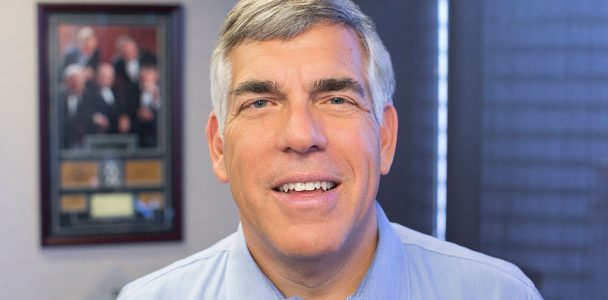
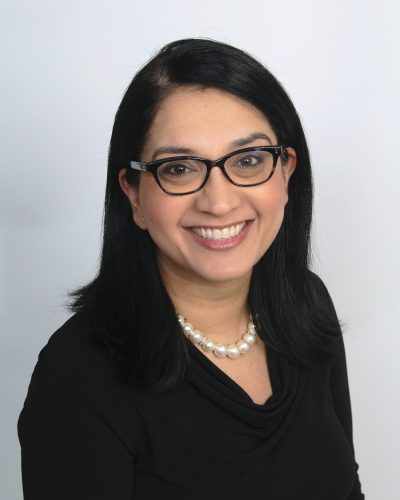 When Harp Rana’s daughter was younger, and they watched Scooby Doo together, she would say, “Be a Velma, not a Daphne, but don’t let Fred take all the credit.”
When Harp Rana’s daughter was younger, and they watched Scooby Doo together, she would say, “Be a Velma, not a Daphne, but don’t let Fred take all the credit.” Happy Thanksgiving to our readers in the USA.
Happy Thanksgiving to our readers in the USA.
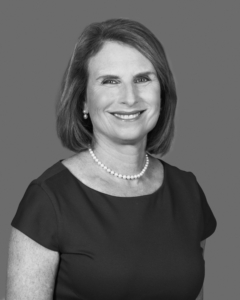 By Nicki Gilmour, CEO and Founder of theglasshammer.com
By Nicki Gilmour, CEO and Founder of theglasshammer.com


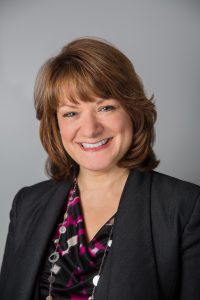 Never underestimate the power of a great conversation, says WEX’ Jodi-ann Johnson.
Never underestimate the power of a great conversation, says WEX’ Jodi-ann Johnson.